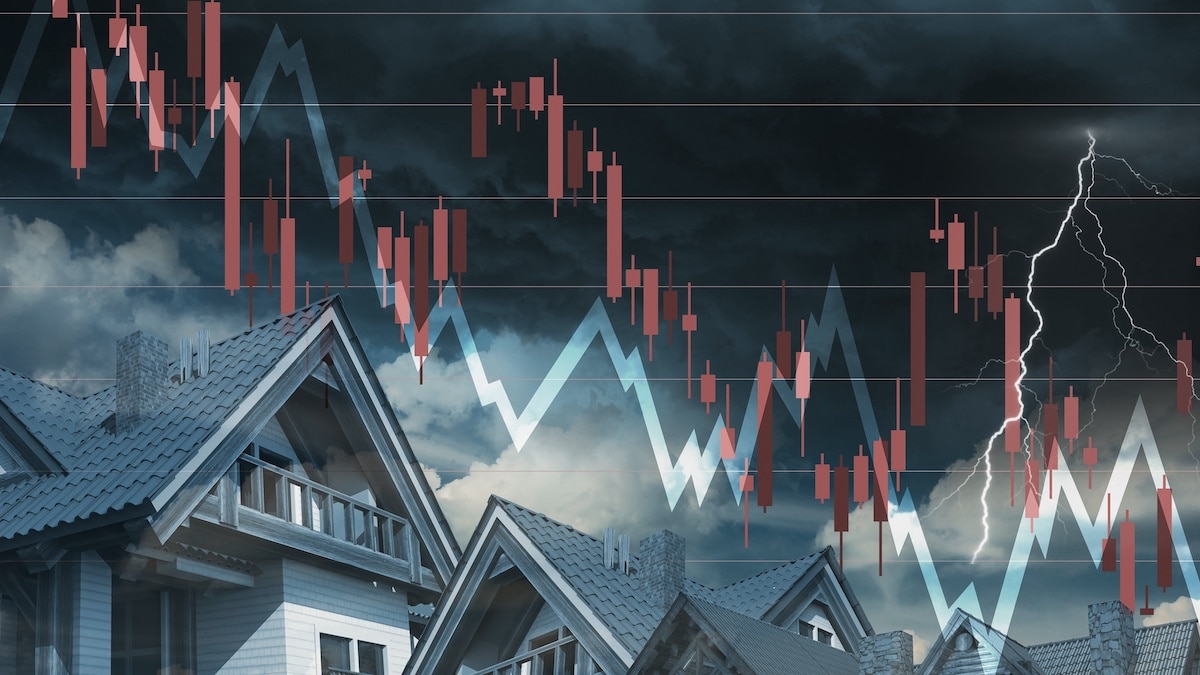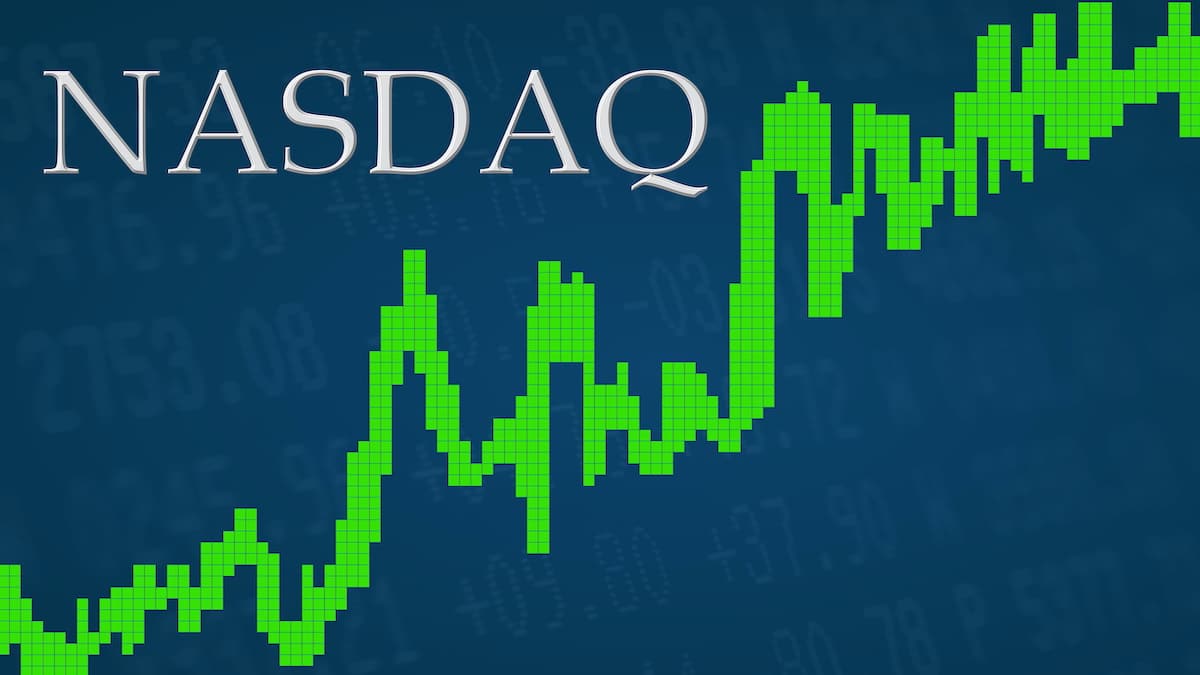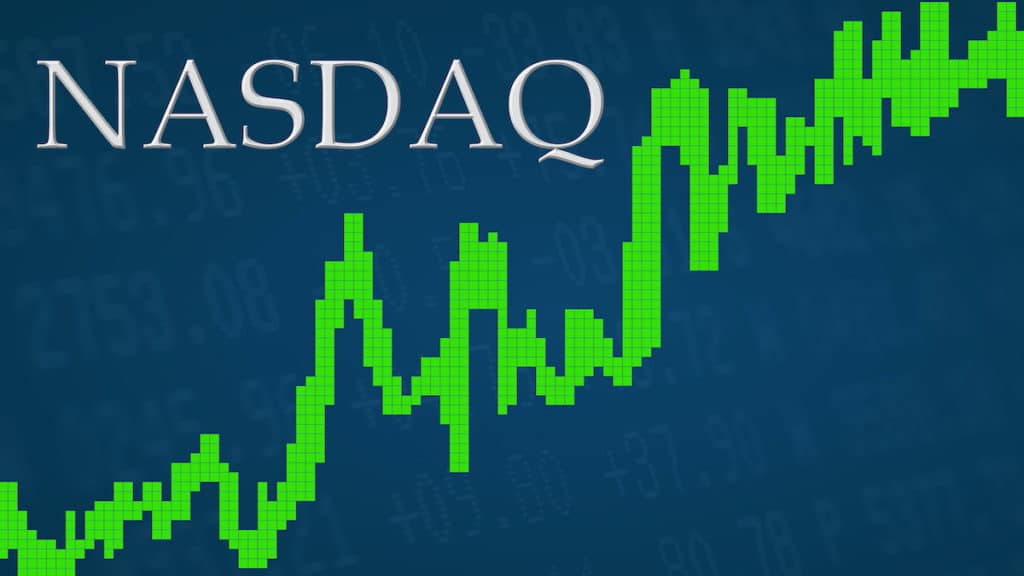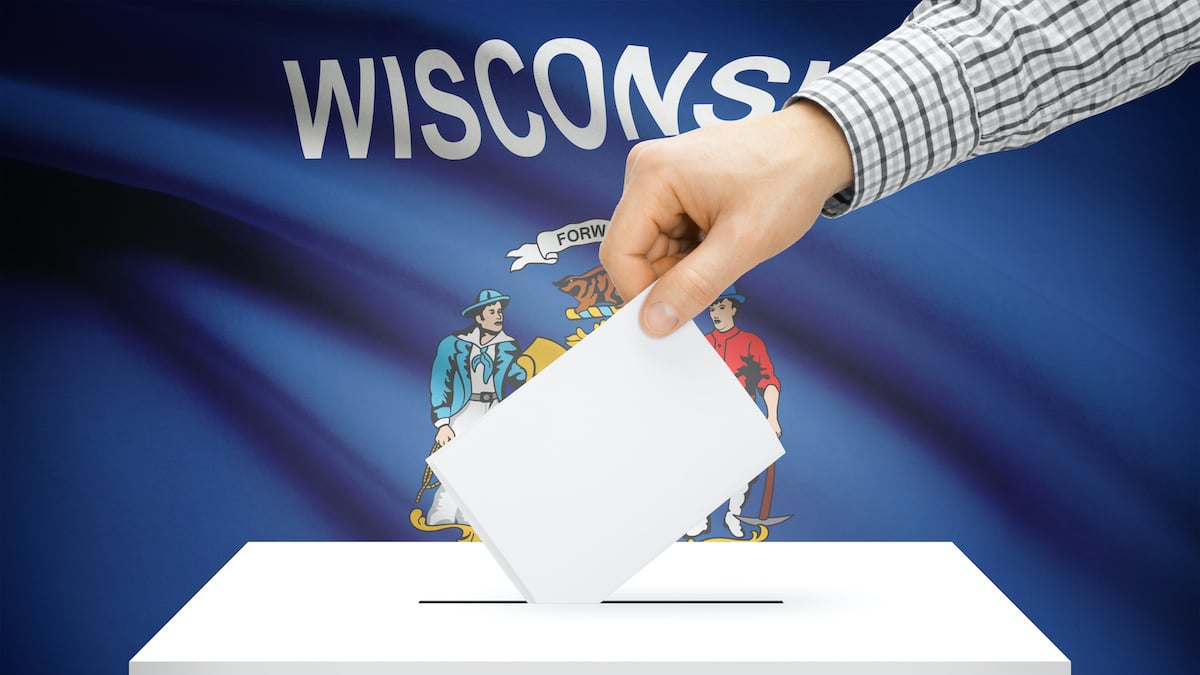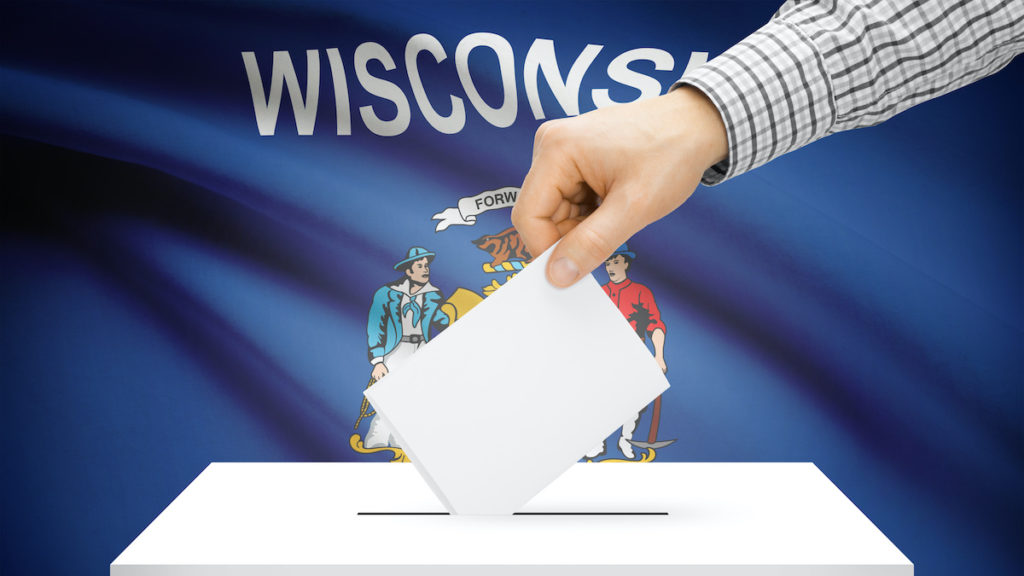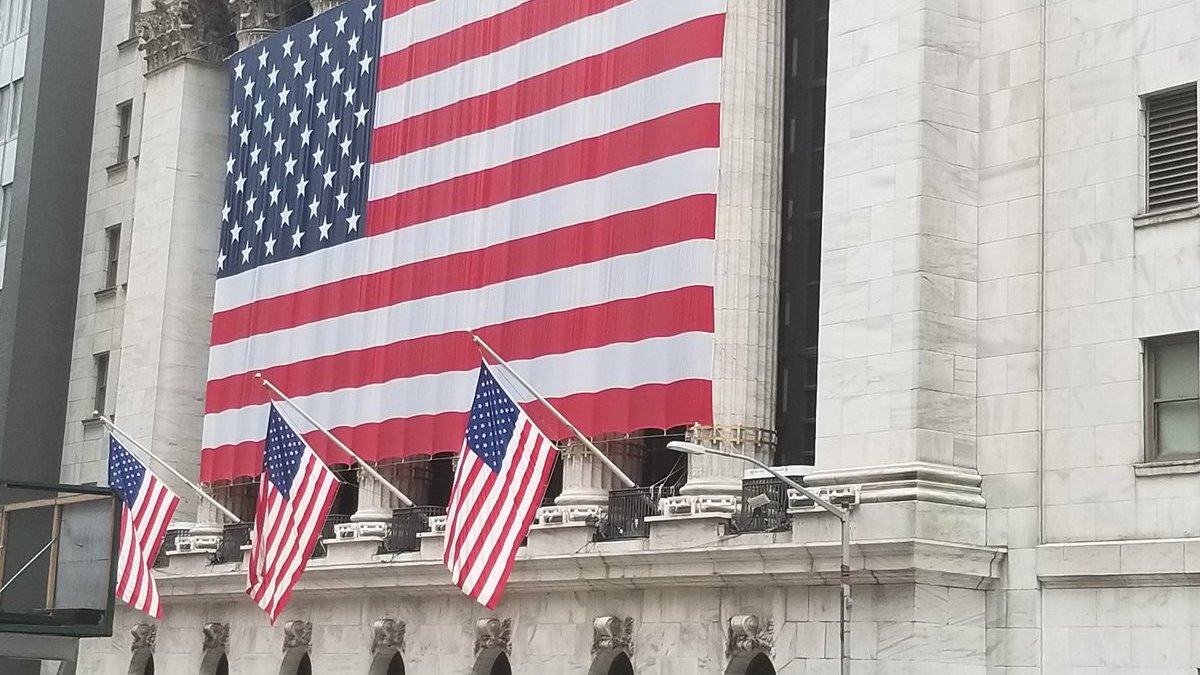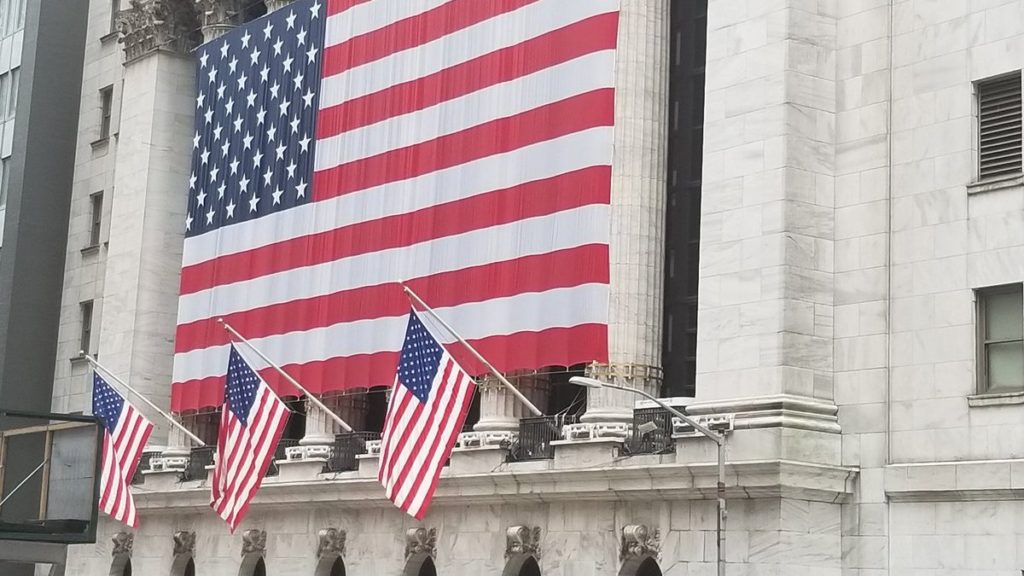Builder Confidence Tumbles in April, HMI Falls Historic 42 Points
NAHB Expects Housing Market to Lead Recovery Post-Social Distancing
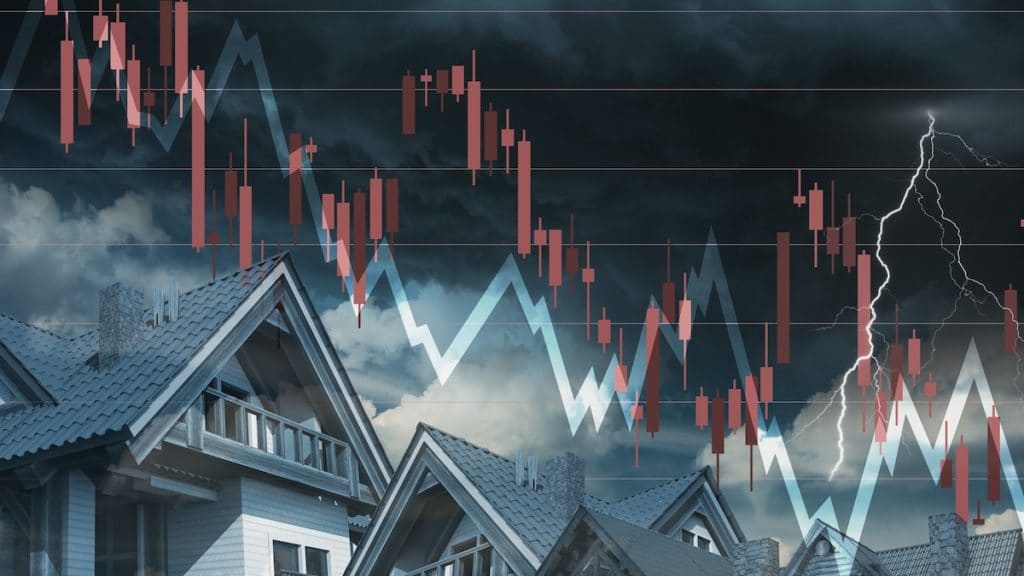
Washington, D.C. (PPD) — The NAHB/Wells Fargo Housing Market Index (HMI) finds builder confidence tumbled by a historic 42 points in April to 30. Builder confidence in the market for newly-built single-family homes fell amid rising concerns surrounding the impact of mitigation efforts to combat the Chinese Coronavirus (COVID-19).
Forecasts ranged from a low of 53 to a high of 68. The consensus forecast was 60. Prior to the pandemic, the HMI was soaring to historic levels and backed by strong new residential construction statistics.
“This unprecedented drop in builder confidence is due exclusively to the coronavirus outbreak across the nation, as unemployment has skyrocketed and gaps in the supply chain have hampered construction activities,” said NAHB Chairman Dean Mon. “Meanwhile, there continues to be some confusion over builder eligibility for the Paycheck Protection Program, as some builders have successfully submitted loan applications while others have not been able to.
The NAHB is working with the White House, the U.S. Treasury and U.S. Congress to get the broadest builder participation possible in the program. However, Democrats railroaded legislation funding another 250 billion for it. House Speaker Nancy Pelosi, D-Calif., is refusing to call members back until at least the first week of May.
“Home building remains an essential business throughout most of the nation, and as the pandemic shows signs of easing in the weeks ahead, buyers should return to the marketplace,” Mr. Mon said.
The NAHB/Wells Fargo Housing Market Index (HMI) is a monthly survey gauging builder perceptions of current single-family home sales and sales expectations for the next six months as “good,” “fair” or “poor.” It also asks builders to rate traffic of prospective buyers as “high to very high,” “average” or “low to very low.”
Scores for each component are used to calculate a seasonally adjusted index where readings over 50 indicate more builders view conditions as good than poor.
“Before the pandemic hit, the housing market was showing signs of strength with January and February new home sales at their highest pace since the Great Recession,” said NAHB Chief Economist Robert Dietz. “To show how hard and fast this outbreak has hit the housing sector, a recent poll of our members reveals that 96% reported that virus mitigation efforts were hurting buyer traffic.”
The HMI index gauging current sales conditions dropped 43 points to 36, the component measuring sales expectations in the next six months fell 39 points to 36 and the gauge charting traffic of prospective buyers also decreased 43 points to 13.
“While the virus is severely disrupting residential construction and the overall economy, the need and demand for housing remains acute,” Mr. Dietz added. “As social distancing and other mitigation efforts show signs of easing this health crisis, we expect that housing will play its traditional role of helping to lead the economy out of a recession later in 2020.”
The HMI survey was conducted between April 1 and April 13.
The NAHB/Wells Fargo Housing Market Index (HMI)
